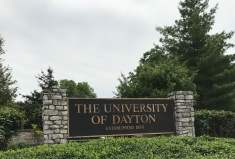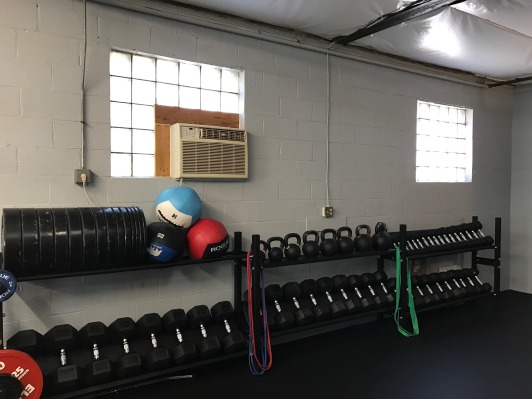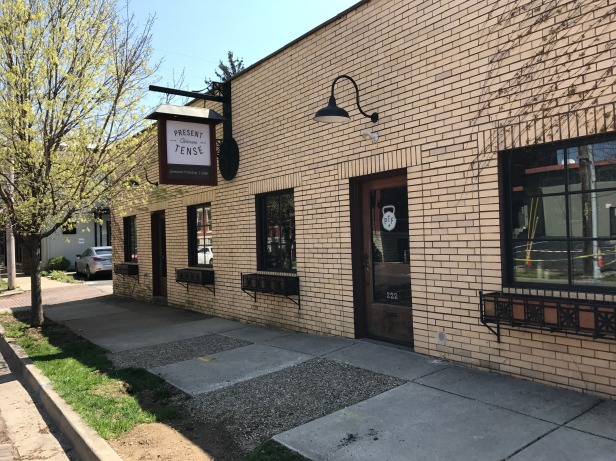
Tom Mitchell combines his apprentice PGA golf pro skills with his knowledge of industrial engineering technology and his experience in manufacturing to lead the innovation and maker mindset at the Proto BuildBar. I asked Tom how he crafted his career. The highlights of his story follow.
In the beginning…
Although Tom Mitchell started playing golf when he was two years old, it was not his first love. “I just always took stuff apart and put it back together and made things”.
When Tom was about eight years old, his parents started a manufacturing company, Mitchell Golf Equipment Company, making tools to build and customize golf clubs. The company sold their tools to a niche market of golf pro shops who used them to customize a club’s loft and lie angles to improve a golfer’s swing. Tom worked at the company after school and on weekends, doing things like “deburring metal and cutting it and running machines”.
Where did Tom focus his attention in high school?
Tom lit up when he described the industrial engineering technology program he entered in his junior year at Centerville High School which included:
- Welding
- Light forging
- Casting
- Manual machining
- Operating CAD (Computer Aided Design) to produce objects with CNC (Computer Numerical Control) lathes
- Using PLCs (Programmable Logic Controllers which are the basis of robots and automation)

When the CNC machine was new, Tom was eager to demonstrate that 3-D machining was possible despite the teacher’s skepticism. “I always take things apart, so I’m taking apart the code to see what is happening here”. By manipulating the G code which controlled the machine, Tom successfully used a piece of lexan (hard, clear plastic) to make a soccer ball. Point proved.
What did Tom do after high school?
The track for the industrial engineering technology program was two years each in high school, Sinclair College and University of Dayton. During his first semester at Sinclair, Tom vehemently disagreed with his industrial design professor’s approach to a project. He left. “Not the right choice when you look back on it, but I wouldn’t probably be where I am now if I would’ve finished college”.
Tom found a job doing landscaping, “the really manual laborer side of landscaping – planting trees, cutting trees down, taking out stumps” and quickly recognized “I wasn’t going to do that for the rest of my life”. He also realized that he might take over his parents’ company at some point and he “needed to know the industry…start working at golf courses…learn my customer base”.
In order to understand the business of golf, Tom enrolled in the PGA Professional Golf Management Apprentice Program. The PGA apprenticeship is a multi-year program designed to teach the apprentice “how to run a golf course and teach people how to play and hopefully better the game”. The PGA requires the apprentice to:
- Complete three levels of coursework and pass the qualifying tests for each level
- Pass a playing ability test
- Work full-time at a PGA recognized golf course
- Complete the program within eight years
The apprenticeship curriculum includes:

- Business planning
- Customer relations and human resources
- Inventory management
- Teaching/Club performance
- Tournament operations
- Golf car fleet management
In order to maximize his time, Tom moved to Hilton Head, South Carolina. His first job in the bag drop area was at Shipyard Golf Club, a 27-hole resort course,. “I was the guy that stood outside where you pull up the car. I would help you get your bags out, put them on the cart. When you finished your round, I would clean them up and put them back out there and help you load them in your car… bottom of the rung”.
After a year and a half, Tom moved to Moss Creek Golf Club, a 36-hole private resort club where he worked the bag drop and in the pro shop.
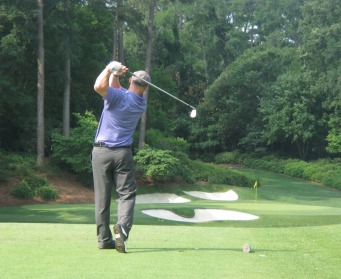
While he was at Shipyard and Moss Creek, Tom studied for his apprenticeship tests and practiced his golf game in order to pass the playing ability test. As a PGA apprentice, he could play free at any of the courses whenever a slot was available, so long as he tipped the bag drop guys.
Did Tom stay in South Carolina?
After three years, Tom returned to Dayton and got a job as the second assistant pro at Sycamore Creek Country Club. He worked in the pro shop selling merchandise, running junior golfing clinics and teaching the kids.
After a year, Tom’s parents needed help, so he left Sycamore and joined the company. As a result, he lost his apprentice status before he could complete the PGA program. Tom felt, however, he’d achieved his goal to learn the industry.
During high school, Tom had worked in many divisions of the company and he stepped in easily. Since the company’s pressing issue was meeting production and shipping deadlines, Tom tackled shipping/receiving and inventory management first. After that, he moved to operations, then general management of sales and, finally, assumed the CEO role. “I could do anything there. I could build any of the machines. I could make any of the stuff. I could sell it to anybody”.
What challenges did Tom face?
The biggest challenge was getting sufficient parts to fulfill orders. Before Tom left to go to South Carolina, the company machined all the parts in-house. While Tom was gone, management slowly pushed all the machining to external sources. By the time Tom returned, the company was struggling to fulfill orders. “We were too small to have all of our stuff outside, but we were too big for some of those shops to keep up with our stuff”.
An additional challenge was that Tom and his parents disagreed on the problem and the solution. Tom worried that the delays in completing orders was driving the company down. Tom made a difficult decision. “I finally knew that I needed to go, because I needed to make it easier for them to do something with the business and not go bankrupt…They’re not going to make the right decisions if they’re still thinking about me, trying to protect me”.
What did Tom do next?
Tom liked the interactive design projects created by Real Art Design Group and thought, “I’d love to be a part of making some of these things”. Through friends, he knew Chris Wire, the President and Creative Director of Real Art. When he discovered they had an opening for an account executive, he applied.
 Chris told him, “we’re kind of looking for someone in the advertising field already, but I want to talk to you about something else”. They met at Proto BuildBar in downtown Dayton. Tom loved the concept, but he was startled when Chris asked, “What do you think about running it?”
Chris told him, “we’re kind of looking for someone in the advertising field already, but I want to talk to you about something else”. They met at Proto BuildBar in downtown Dayton. Tom loved the concept, but he was startled when Chris asked, “What do you think about running it?”
What is Proto BuildBar?
 Proto BuildBar is a “creative experience center featuring hands-on technology experimentation with 3D printing, electronics kits, and micro-computing in a full service café environment.” (Proto BuildBar – Facebook) Designed to be accessible to individuals of all ages and experience levels, the café features computer monitors with access to multiple CAD designs, 3-D printers, basic electronics and micro-controllers, coffee drinks, cocktails, wine and beer.
Proto BuildBar is a “creative experience center featuring hands-on technology experimentation with 3D printing, electronics kits, and micro-computing in a full service café environment.” (Proto BuildBar – Facebook) Designed to be accessible to individuals of all ages and experience levels, the café features computer monitors with access to multiple CAD designs, 3-D printers, basic electronics and micro-controllers, coffee drinks, cocktails, wine and beer.
The goal of Proto BuildBar is “to spread innovation” by increasing people’s comfort level with this kind of technology. “We try to make 3-D printing and electronics and that whole making stuff mindset accessible…make it fun…provide those ah-ha moments for people”.
The Proto BuildBar staff welcomes new customers. First they show people the games built in-house:
- Guinness Book of World Records largest claw game
- War of Currents arcade game, otherwise known as The Game That Hertz, which physically electrocutes players in certain situations
- Tesla vs Edison racing game
Next the staff demonstrates “the sorts of things they can make, go to the computers and find something they want to print…we’re just here to educate…here to have a good time…here to make people excited”.
In addition to enabling customers to make things, Proto BuildBar offers experiences for a variety of groups, such as:
- Corporate team-building courses
- Summer maker workshops for ages 7-18, including robotics, video game creation, 3D printing & electronics
- Couples soldering night
- Fundraising events for organizations
- Meeting space

The staff is ready to provide guidance throughout the creation and printing process. Tom recommends using Tinkercad to create 3-D shapes and models. Since the app is browser based, a person can create a design at home and print it on a 3-D printer at Proto BuildBar.
What does Tom do at Proto BuildBar?
Tom says, “I think the biggest challenge is… conveying what it is in a manner that will get them to come in and be confident and experience it…I’m doing as much community outreach as possible”. He teaches workshops, demonstrates coding and robotics using simple programmable drawing robots at area schools and speaks to college classes about entrepreneurship. Tom also works with companies and organizations to develop team building workshops, professional development sessions, and charitable events.
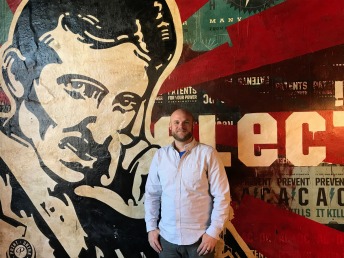
Tom’s observations:
- Tom’s most important words are “curiosity” and “fearless”
- Curiosity – “always be curious; always ask those what ifs…always draw in more information”
- Fearless –”you can be curious all you want to, but if you’re not going to put any of that stuff into practice, because you’re too scared of failure, then you’re not getting the benefit”. You can learn to be fearless by being “willing to try something without the fear of failure…and you learn that by failing”
- “I always tell everyone to go to college”. From his experience, leaving college “was a really difficult path”
- In order to innovate, try “thinking differently; not thinking about the way we’ve always done it…what if we did this?”
- “Most people are used to just buying something that fixes a problem they have…we want to try to show those people that maybe they can make a solution to that problem and maybe it will be different than all the other solutions…maybe it will be something super cool and super innovative that maybe changes the world”.
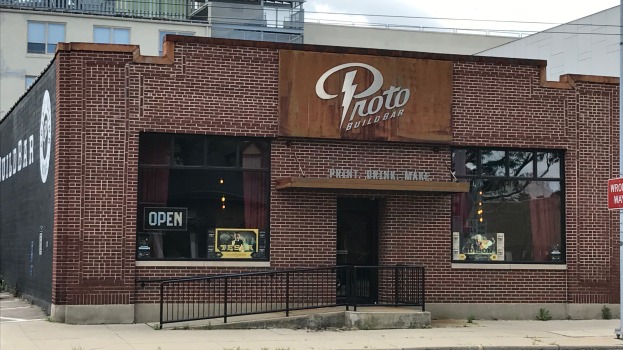
534 E. First Street
Dayton, OH 45402
937-222-6253
contact@protoBuildBar.com



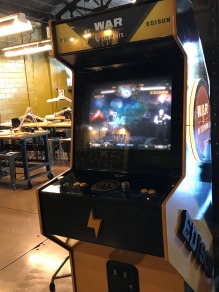



 How do philosophy and ice hockey lead to a career as an automotive services shop owner and technician? Simon Ward has blended skills learned in both areas with his lifelong interest in auto racing. I asked Simon how he crafted his career. The highlights of his story follow.
How do philosophy and ice hockey lead to a career as an automotive services shop owner and technician? Simon Ward has blended skills learned in both areas with his lifelong interest in auto racing. I asked Simon how he crafted his career. The highlights of his story follow.
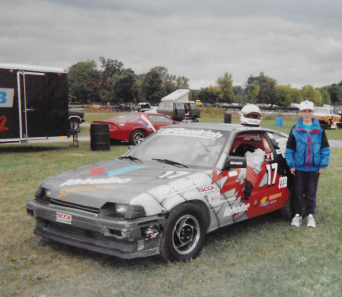

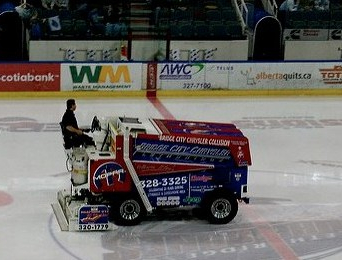




 That contact lead to more conversations. As Simon was reviewing the racecar shop opportunity, he began to think, “What if this doesn’t work out, what if I did something else?” Consequently, Simon directed his due diligence team to analyze a possible purchase of A-Dayton, too.
That contact lead to more conversations. As Simon was reviewing the racecar shop opportunity, he began to think, “What if this doesn’t work out, what if I did something else?” Consequently, Simon directed his due diligence team to analyze a possible purchase of A-Dayton, too.



 What if you’re really good at your job and it should be your dream job, but it doesn’t capture your interest. If you’re not sure what would excite you, how do you decide your next steps? Susan Harrison is wrestling with those questions. I asked Susan how she is crafting her career. The highlights of her story follow.
What if you’re really good at your job and it should be your dream job, but it doesn’t capture your interest. If you’re not sure what would excite you, how do you decide your next steps? Susan Harrison is wrestling with those questions. I asked Susan how she is crafting her career. The highlights of her story follow.